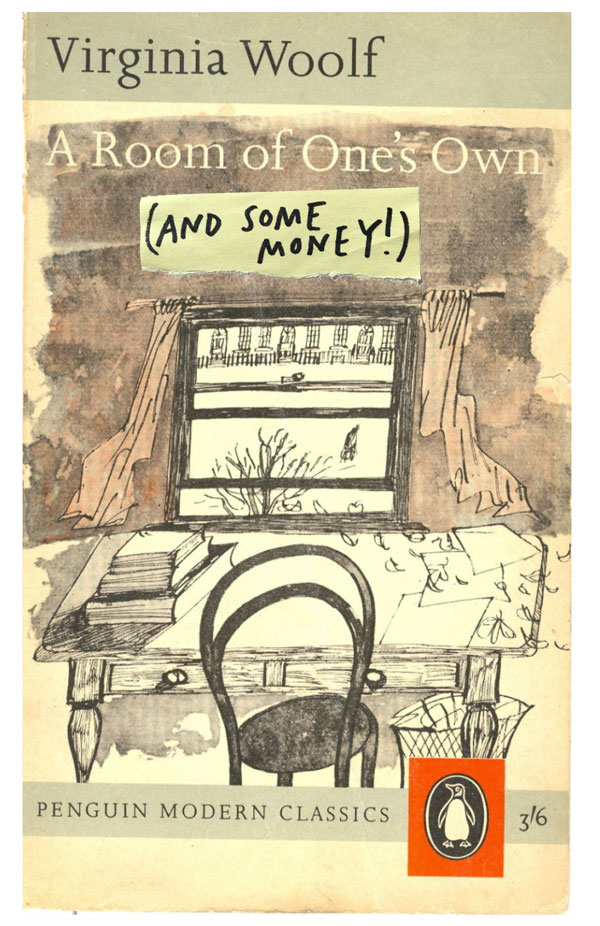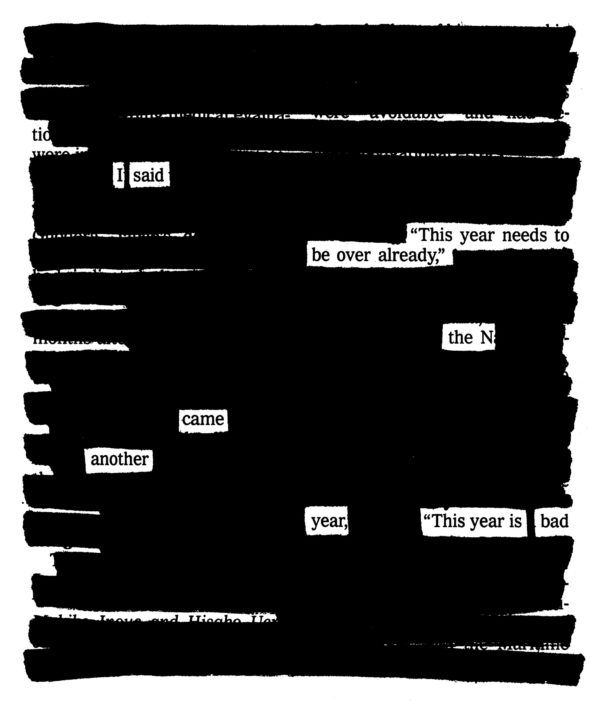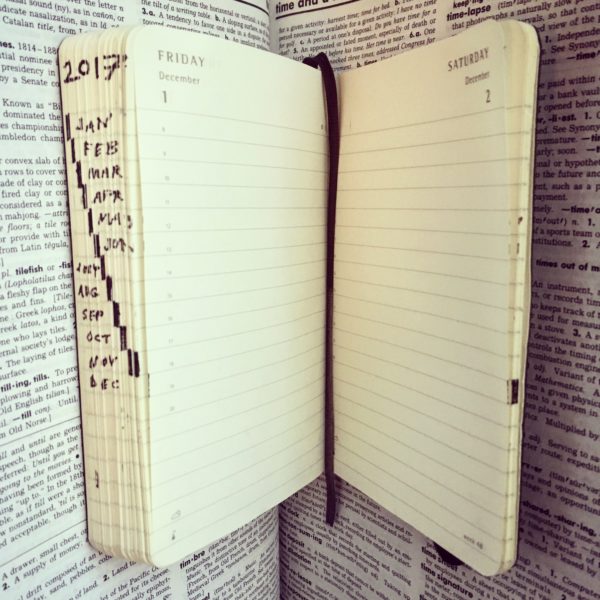
Granted, it was published in The New York Times Style Magazine, so one doesn’t expect any deep Marxist analysis or whatever, but nowhere in Megan O’Grady’s essay “Is the Age of the Artistic Recluse Over?” does she suggest that maybe, just maybe, the reason there aren’t so many “artistic recluses” these days is that it’s actually pretty expensive to be a recluse, and people like Thomas Pynchon, who O’Grady calls “the last of our great literary recluses,” are able to retreat into a private life, shut off from the public, because they can actually afford to.
You could step back for a minute and question whether some of the artists O’Grady calls out in the essay are (or were), by definition, actual recluses. Over at Vice there’s the subhead for “Thomas Pynchon and the Myth of the Reclusive Author” saying “it’s not as if the man is some kind of ghost.” I don’t personally know a whole lot about Pynchon, but Thoreau, the author in the batch whose life I can claim to be solidly familiar with, only lived at Walden for two years, and even then, he entertained guests, attended family dinners, etc. He spent most of his life deeply involved in Concord life, teaching children, surveying land, and lecturing around New England. (O’Grady claims Thoreau’s form of civil disobedience was “to withdraw instead of to Tweet,” but I wouldn’t call publicly speaking out in support for John Brown and abolition and spending a night in jail for refusing to pay taxes to a government waging an unholy war withdrawing.)
Heck, even Emily Dickinson, who starts the piece, has had her reclusive myth re-examined. Check out “The Networked Recluse,” an exhibit and catalog dedicated to capturing “the fullness and vitality of Dickinson’s life, most notably her many connections—to family, to friends, to correspondents, to the literary tastemakers of her day.”
But setting aside the question of whether “the age of the artistic recluse” ever actually existed, the essay really seems to be lamenting how this generation of authors not only embrace social media, but also engage in self-promotion and self-publicity, cultivating “a cyclical relationship with the spotlight, intermittently stepping into and receding from it.” While O’Grady seems to see self-promotion as an artistic or personal decision (she calls herself one of a group of “technological Bartlebys who would prefer not to post the contents of our closets/bookshelves/hearts on social media”), I see it more and more as a market-driven one: if there’s a mythical age that’s disappearing, it’s the one in which the author didn’t have to self-promote their work or build their own audience. (O’Grady says, “No one wants to imagine Virginia Woolf on book tour, or Joseph Cornell submitting to a magazine profile” — do people want to remember Hemingway doing booze ads?)
My agent gives book proposal workshops, and his first piece of advice for people who want to publish a book is: “Get famous first.” (He also says to remember that “all publishing is self-publishing.”) The state of the publishing industry is such that if a young writer today wants her book published by a major publisher, chances are she will need to bring along a pre-built platform and a previously gathered audience for her work. A major part of putting together a book proposal today is gathering up Twitter followers, Facebook friends, and newsletter subscriber counts.
It’s not as if it’s any different in other industries, such as music. (Heck, it’s probably worse.) In Malcolm Harris’s Kids These Days, he quotes Taylor Swift’s 2014 op-ed in the Wall Street Journal, “In the future, artists will get record deals because they have fans—not the other way around.” Harris points out that older Americans “like to complain about the way many young people obsessively track our own social media metrics, but it’s a complaint that’s totally detached from the behavior’s historical, material causes.”
Even if you’re already famous, social media and self-promotion is part of the job and a necessity for sales. With magazines and other major news outlets declining, there are fewer and fewer places in which advertisements or publicity for books would even make a dent in the reading public’s consciousness, even if publishers were inclined to spend the money. (They are not.) Like all workers, artists have to take on more and more of a workload with less compensation.
The tension for the artist in contemporary life is the same that it has always been: How do you secure a living for yourself while maximizing your art-making time and energy? Some would say, “Well, forget about social media, then. Forget about self-promotion. Forget about sales. Keep your overhead low, get a day job, and just write.” That can be good advice, depending on the writer, and it’s advice I have given in the past. The problem is that it’s increasingly impossible for any American worker to secure a living, let alone keep one of the steady jobs that previously sustained artists, allowing them the free time, mental space, and chance for disconnection that much writing requires. (I think of Harvey Pekar, author of American Splendor, working at the V.A. hospital in Cleveland, and the words of Jack Donaghy: “Lemon, we’d all like to flee to the Cleve.”) But “keep your day job” only works if there are actually decent day jobs.
No, it takes money and a room, so the working artist is going to have to hustle, one way or the other. O’Grady praises Kazuo Ishiguro for his “resistance against the role of artist-as-performer” in his “quietly myth-demolishing” article in The Guardian about how he wrote The Remains of The Day during a “four-week period of seclusion in 1987 he and his wife called the ‘crash.’” Good for him, but he already had two prize-winning novels on his resume. (And “The Crash” was made possible by his wife’s willingness and ability to keep all things domestic going, and, one presumes, a cache of saved money.) It’s admirable to see an artist pulling back from the techno-hustle, but it’s also admirable to see a working artist able to artfully balance their creative process and self-promotion without becoming a hollow shell or a piece of human spam.
Which brings us back to “the artistic recluse.” Yes, the best way to drop out and become an “artistic recluse,” even if it’s temporary, is to already be famous, and, more importantly, flush with cash. If you can’t live with your family, like a Thoreau or a Dickinson, you’re gonna need money, honey. Dave Chappelle, who spends most of his days on a farm in Yellow Springs, summed it up in a joke on one of his recent comedy tours: “I’m just back out here to make enough money to disappear again.”




